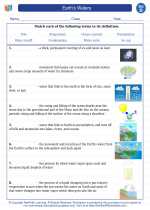Surface: Exploring the Top Layer of Matter
Welcome to our study guide on the topic of "surface"! The surface refers to the top layer of any object or substance, and it plays a crucial role in various scientific concepts and everyday phenomena. Let's dive into the fascinating world of surfaces and explore their properties, interactions, and significance in different fields of science.
Understanding the Concept of Surface
At its core, the surface is the boundary that separates one phase of matter from another. This boundary can exist between a solid and a gas, a liquid and a solid, or even between two different liquids. Understanding the behavior and characteristics of surfaces is essential in fields such as physics, chemistry, and materials science.
Key Topics to Explore
- Surface Tension: This refers to the cohesive forces acting on the surface of a liquid, causing it to behave as if it were a stretched elastic membrane.
- Surface Area: The measurement of the total area of the exposed surface of a three-dimensional object. Understanding surface area is crucial in fields such as geometry and engineering.
- Surface Energy: The amount of work required to increase the surface area of a material. Surface energy plays a significant role in phenomena such as wetting, adhesion, and capillary action.
- Surface Roughness: The irregularities and unevenness present on the surface of an object, which can impact its properties and interactions with other materials.
- Surface Chemistry: The study of chemical reactions and interactions that occur at the interface between a solid and a gas or liquid.
Practical Applications
The concept of surface has numerous real-world applications, ranging from the design of everyday products to the development of advanced materials and technologies. Understanding the behavior of surfaces allows scientists and engineers to create more efficient and functional solutions in various industries, including medicine, electronics, and environmental science.
Study Tips and Resources
As you explore the topic of surface, consider the following study tips to enhance your understanding:
- Experiment with different liquids to observe surface tension in action.
- Calculate the surface area of common objects around you, such as a cube or a cylinder.
- Research the role of surface energy in adhesion and cohesion phenomena.
- Investigate the impact of surface roughness on friction and wear in mechanical systems.
- Explore the field of surface chemistry and its implications in fields such as catalysis and corrosion prevention.
Additionally, make use of resources such as textbooks, online articles, and interactive simulations to deepen your knowledge of surface-related concepts.
Conclusion
By delving into the intricacies of surfaces, you'll gain a deeper appreciation for the fundamental role they play in the natural world and in scientific research. Whether you're observing the behavior of water droplets on a leaf or studying the properties of advanced nanomaterials, the concept of surface will continue to inspire curiosity and drive innovation in countless areas of study.
Enjoy your exploration of this captivating topic, and remember to seek out opportunities to apply your understanding of surfaces to real-world scenarios!
.◂Science Worksheets and Study Guides Fourth Grade. Earth's Waters

 Worksheet/Answer key
Worksheet/Answer key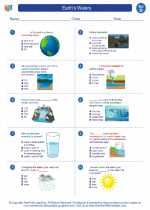
 Worksheet/Answer key
Worksheet/Answer key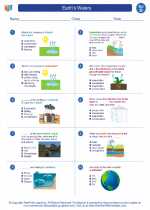
 Worksheet/Answer key
Worksheet/Answer key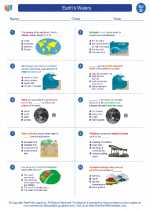
 Vocabulary/Answer key
Vocabulary/Answer key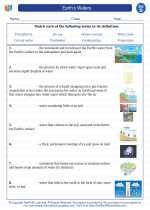
 Vocabulary/Answer key
Vocabulary/Answer key